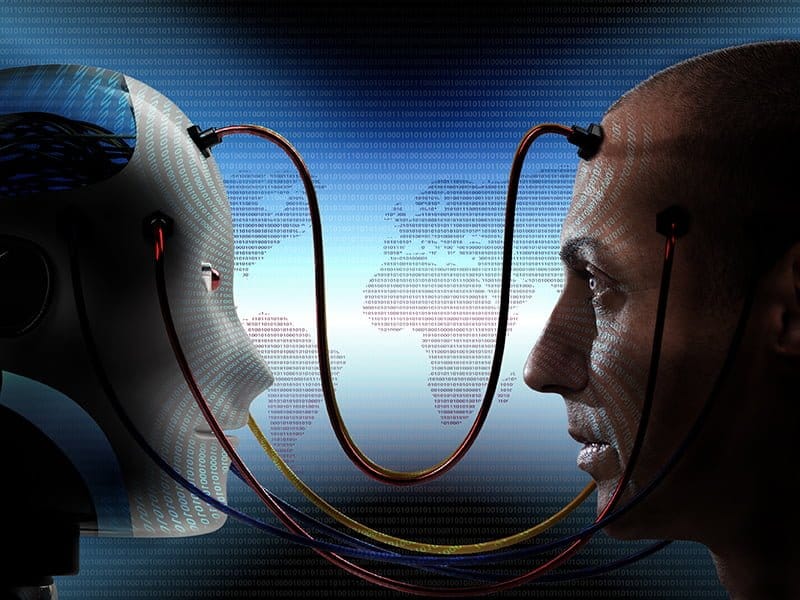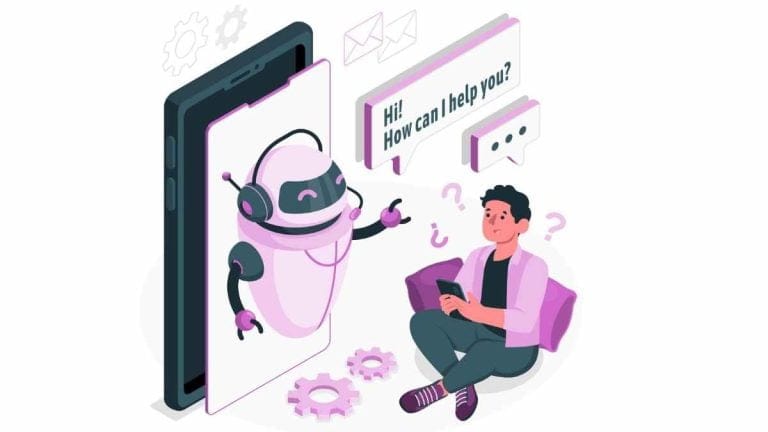Artificial Intelligence – A game changer
Possibly the biggest game changer we are likely to see in the near future is artificial intelligence. Organizations that get on-board the AI train quickly will give themselves a huge advantage as this new technological revolution gathers speed.
Table of Contents
ToggleBusinesses that successfully apply artificial intelligence (AI) could increase profitability by an average of 38 percent by 2035, according to a new report from Accenture. In addition, the introduction of AI could lead to an economic boost of US$14 trillion in additional gross value added (GVA) across 16 industries in 12 economies.
To capitalize on the opportunity, the report identifies seven key strategies for successfully implementing AI that focus on adopting a human-centric approach and taking bold and responsible steps to applying the technology within businesses and organizations.
Igniting corporate profitability
“Artificial intelligence will revolutionize how businesses compete and grow, representing an entirely new factor of production that can ignite corporate profitability,” said Paul Daugherty, chief technology and innovation officer, Accenture. “To realize this significant opportunity, it’s critical that businesses act now to develop strategies around AI that put people at the center, and commit to develop responsible AI systems that are aligned to moral and ethical values that will drive positive outcomes and empower people to do what they do best – imagine, create and innovate.”
The report, developed by Accenture Research in collaboration with Frontier Economics, measures the potential economic impact of AI in GVA, a close approximation of gross domestic product that accounts for the value of goods and services produced. The research compared the economic growth rates of 16 industries in 2035 in a baseline scenario showing current assumptions of expected growth, to an AI scenario showing expected growth with AI integrated into economic processes, finding that AI has the potential to increase economic growth rates by a weighted average of 1.7 percentage points.
Of the industries studied, information and communication, manufacturing and financial services are the three sectors that will see the highest annual GVA growth rates in an AI scenario, with 4.8 percent, 4.4 percent and 4.3 percent respectively by 2035. This translates to an additional US$6 trillion in GVA in 2035 for these three sectors alone. Even labor-intensive sectors such as education and social services —where productivity growth is traditionally slow—will see a significant increase of US$109 billion and US$216 billion in GVA respectively.
Unprecedented opportunities
In specifically examining industry profitability, the research demonstrates that AI offers unprecedented opportunities. In labor-intensive sectors, such as wholesale and retail, AI augments the human workforce, enabling people to become more productive, leading to a profit increase of almost 60 percent. In capital-intensive industries such as manufacturing, AI powered machines will eliminate faulty machines and idle equipment, delivering constantly rising rates of return, resulting in equally dramatic profit increases of 39 percent by 2035.
Regardless of industry, companies now have a significant opportunity to apply AI and invent new business capabilities for growth, profitability and sustainability. To prepare for a successful future with AI, business leaders should consider the following seven strategies:
- Step beyond automation – with recent strides in AI, companies need to take a step beyond to harness the intelligence of dynamic, self-learning and self-governing machines.
- Learn with machines – to adapt their businesses to the changing nature of learning and employee training, business leaders must focus on the needs of their workforces, particularly in the area of agile skills development.
- Reinvent HR into HAIR – the Chief HR Officer’s role will not only be about managing human employees, but will evolve to also manage the human-machine interaction — or Human AI Resources (HAIR).
- Measure return on gigabyte invested – CFOs will need a new toolbox of financial metrics to properly assess the value of investing in AI, such as return on gigabyte invested (ROGBI) or return on processing power (ROPP).
- Appoint a chief data supply chain officer – this position will be needed to construct an integrated, end-to-end data supply chain.
- Take the crowd into the cloud – the next phase of innovation will combine crowd-sourced data in the cloud with AI capabilities to create new and disruptive business opportunities.
- Create an open AI culture – integrating AI into the corporate culture will help manage employees’ concerns and affect how they embrace and harness AI in their work.
“By exploring the macroeconomic impact of AI as it matures over the next few decades, it’s clear that organizations in every industry have tremendous opportunities to apply AI to unleash remarkable benefits,” said Mark Purdy, managing director, Accenture Research. “By optimizing processes with intelligent automation, augmenting human labor and physical capital, and propelling new innovations, AI can drive dramatic and long lasting profitability and economic growth.”
This research builds on the Why Artificial Intelligence is the Future of Growth report released in 2016 that examined the economic impact of AI across 12 developed economies. The report found that AI could double annual economic growth rates by 2035 and boost labor productivity by up to 40 percent by fundamentally changing the way work is done.






